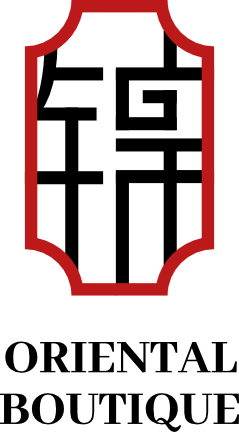The New Chinese Style Boom — Who Can Truly Represent the Future of Oriental Aesthetics?

Analyzing the market trends, brand strategies, and design philosophies driving the New Chinese Style industry.
The Market Surge: Aesthetic Meets Capital
The New Chinese Style boom has swept through the fashion, lifestyle, and home decor industries. From designer boutiques to mainstream e-commerce platforms, brands are rushing to label themselves as “modern oriental.” Capital has quickly followed, driving fierce competition and creative experimentation.
However, with this explosion of interest comes a critical question — who truly understands Oriental aesthetics, and who is merely capitalizing on a trend?
Beyond Surface-Level Aesthetics
Many so-called New Chinese brands rely on surface design — lotus prints, jade tones, and silk trims — but lack the cultural depth to convey meaning. True New Chinese Style is not about imitation; it’s about translating Eastern philosophy into modern design.
Authentic brands integrate traditional elements such as balance, symmetry, and craftsmanship into function and storytelling. They don’t simply borrow cultural symbols — they reinterpret them for contemporary life.
Case Studies: From Heritage to Innovation
Leading labels like ICICLE (之禾) focus on “Made in Earth” minimalism, where natural materials and timeless cuts embody both ecological consciousness and Eastern simplicity. Meanwhile, FENG CHEN WANG takes a deconstructive approach, blending bold modern streetwear with traditional tailoring roots.
These brands succeed because they go beyond nostalgia — they tell a new Chinese story for a global audience.
The Future: Modern Orientalism in Global Dialogue
To sustain momentum, New Chinese Style brands must evolve from “local trend” to “global aesthetic.” This means rethinking design not as replication, but as reinterpretation — merging sustainability, functionality, and cultural storytelling.
In this future, the next generation of designers will define Oriental aesthetics not by copying history, but by creating new visual languages rooted in Chinese philosophy — harmony, balance, and nature.
Conclusion: The Power of Authenticity
The future of New Chinese Style belongs to brands that respect tradition while embracing innovation. Authentic design, cultural awareness, and emotional resonance will be the true differentiators. As the global appetite for Oriental aesthetics grows, those who can express modern Chinese elegance with sincerity will lead the next era of design.
